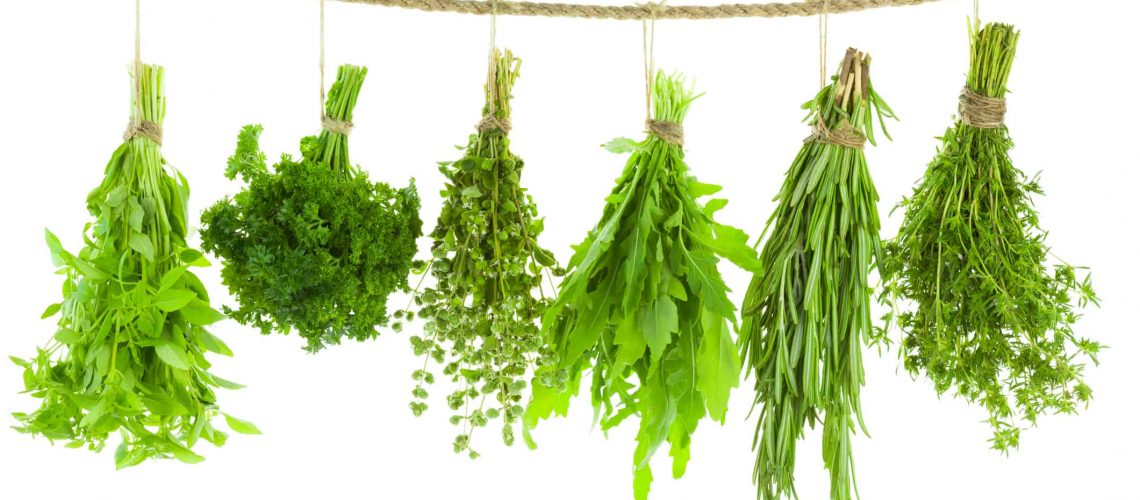Have you ever popped an echinacea tablet at the first sign of a cold or dabbed a spot of aloe vera on a patch of irritated skin? Well, you are certainly not alone. The complementary and alternative medicine market has seen a dramatic growth over the last couple of decades and continues to climb, with many people looking to Eastern styles of medicine to replace or complement prescribed medication and treatment for a wide range of conditions.
It is, however, an oft-forgotten fact that, just like conventional medications, herbal preparations can produce side-effects and create dangerous interactions both with each other and with prescribed drugs.
Echinacea, for example, thought to boost the immune system, can cause nausea, dizziness and a rash, and in patients taking a statin to lower their cholesterol or amiodarone to regulate their heart rhythm, it can cause liver toxicity.
St John’s wort, commonly thought to alleviate symptoms of depression, anxiety and insomnia, can decrease the effectiveness of warfarin (thereby increasing the risk of stroke), decrease the concentration of the anti-rejection drug cyclosporine (which can lead to organ rejection following a transplant), and cause a life-threatening reaction called serotonin syndrome when taken with certain antidepressants.
Gingko biloba, thought to stave off cognitive impairment and improve circulation, increases the risk of bleeding in patients taking aspirin and warfarin. Further examples are detailed in the table below.
Many people tend to feel that herbal medicines are safer than conventional medications since they are naturally occurring substances. It is worth remembering, however, that atropa belladonna and conium maculatum are naturally occurring substances, but taking them in pill form (or otherwise) would be inadvisable since they are better known as the fatal deadly nightshade and hemlock, respectively!
Despite being natural, herbal medications are not risk-free. Unlike conventional medicines, which are tested and validated in controlled clinical trials, the evidence base for alternative medicines is largely anecdotal, and herbal drugs are also not subject to the stringent safety checks required before any conventional drug is brought to market. Further problems arise from the lack of standardisation of complementary drugs, which can further lead to variablility in the purity and potency of a particular component, even between batches produced by the same manufacturer.
The moral of the story is really that any tablet, whether prescribed by a doctor or purchased from a health food shop, is a drug and should only be taken after careful consideration and medical advice. If you have any concerns, check with your pharmacist when you drop in your next prescription. For more detailed information about the science behind the use of herbal products and the potential for interactions, please click here for an article from the Journal of the American College of Cardiology.
| Herb | Purported Use | Cardiac adverse effect of interaction |
|---|---|---|
| Alfalfa | Arthritis, asthma, dyspepsia, hyperlipidaemia, diabetes | Increases bleeding risk with warfarin |
| Aloe vera | Wounds (topical), diabetes (oral) | Hypokalaemia causing digitalis toxicity and arrhythmia |
| Angelica (dong quai) | Appetite loss, dyspepsia, infection | Increases bleeding risk with warfarin |
| Bilberry | Circulatory disorders, local inflammation, skin conditions, diarrhoea, arthritis | Increases bleeding risk with warfarin |
| Butcher’s broom | Circulatory disorders, inflammation, leg cramps | Decreases effects of alpha blockers |
| Capsicum | Shingles, trigeminal and diabetic neuralgia | Increases blood pressure (with MAOI) |
| Fenugreek | High cholesterol | Increases bleeding risk with warfarin; hypoglycaemia |
| Fumitory | Infection, oedema, hypertension, constipation | Increases effects of beta blockers, calcium channel blockers, cardiac glycosides |
| Garlic | High cholesterol, hypertension, heart disease | Increases bleeding risk with warfarin |
| Ginger | High cholesterol, motion sickness, indigestion, antioxidant | Increases bleeding risk with warfarin |
| Ginkgo | Poor circulation, cognitive disorder | Increases bleeding risk with warfarin, aspirin, or COX-2 inhibitors |
| Ginseng | Ageing, diminished immunity, improves mental and physical capacity and stress tolerance | Increases blood pressure; decreases effects of warfarin |
| Gossypol | Male contraceptive | Increases effects of diuretics; hypokalaemia |
| Grapefruit juice | Weight loss, to promote cardiovascular health | Increases effects of statins, calcium-channel blockers, or cyclosporines |
| Green tea | Improve cognitive performance, mental alertness, weight loss, diuretic | Decreases effects of warfarin (contains vitamin K) |
| Hawthorn | Congestive heart failure, hypertension | Potentiates action of cardiac glycosides and nitrates |
| Irish moss | Ulcers, gastritis | Increases effects of antihypertensives |
| Kelp | Cancer, obesity | Increases effects of antihypertensive and anticoagulant agents |
| Khella | Muscle spasms | Increases effects of anticoagulant agents and calcium channel blockers |
| Licorice | Ulcer, cirrhosis, cough, sore throat, infections | Increases blood pressure; hypokalaemia; may potentiate digoxin toxicity |
| Lily of the valley | Congestive heart failure | Increases effects of beta blockers, calcium channel blockers, digitalis, quinidine, steroids |
| Ma-huang (ephedra) | Obesity, cough | Increases heart rate and blood pressure |
| Night-blooming cereus | Congestive heart failure | Increases effects angiotensin-converting enzyme inhibitors, antiarrhythmics, beta blockers, calcium channel blockers, cardiac glycosides |
| Oleander | Muscle cramps, asthma, cancer, CHF, hepatitis, psoriasis, arthritis | Heart block, hyperkalaemia, arrhythmia, death |
| St. John’s wort | Depression | Increases heart rate and blood pressure (with MAOI); decreases digoxin concentration |
| Stophanthus | Congestive heart failure | Increases effects of cardiac glycosides |
| Yohimbine | Impotence | Increases heart rate, increases or decreases blood pressure |
